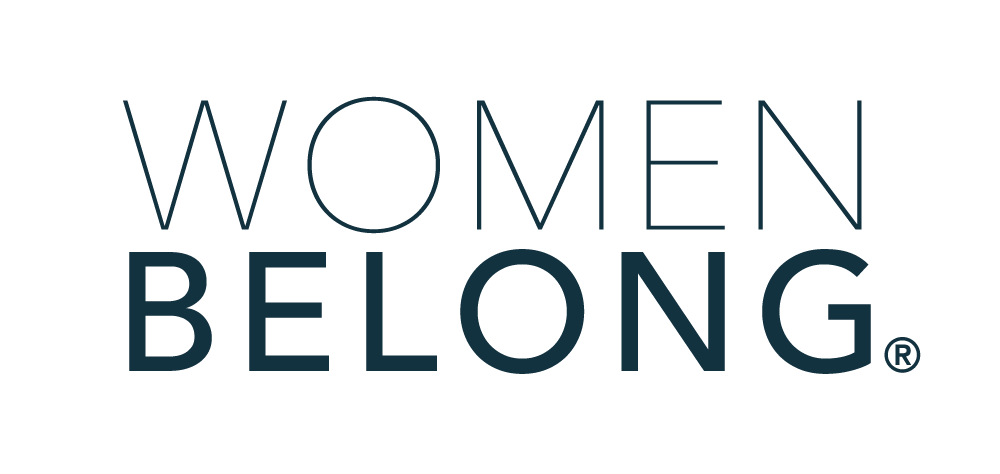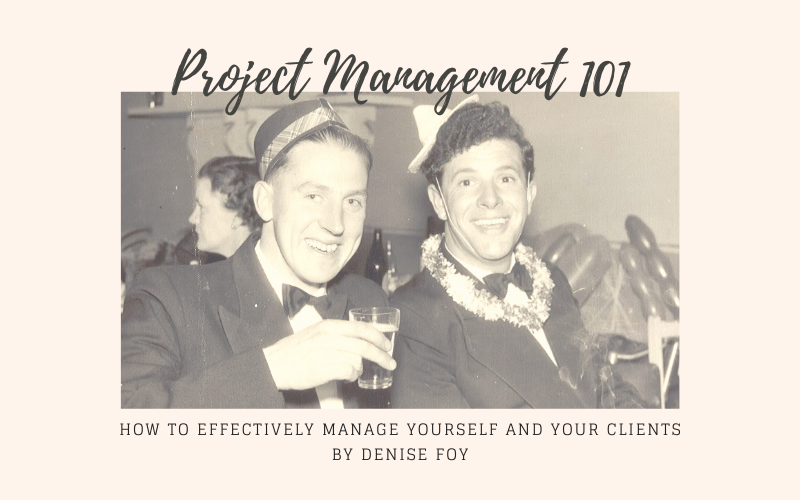Have you ever been in a situation where there was a lot of “noise” on a project you had been working on? For example, a vast amount of e-mails you had to respond to, frustration from your client where enormous amounts of explanation were needed, and any other tasks that would cause you to spend a lot of time (read “money”) sussing out the details in order to get everybody on the same page?
Utilizing the basic principles of Project Management can truly help reduce the noise level… significantly. It can also help you:
– get shit done right the first time
– help manage expectations for you and your client
– keep you organized and on track
– hold your client and you accountable for your tasks
– dramatically reduce time and effort
It sounds like a dream, right?
Prior to starting my own creative agency, I spent 20 years in IT Project Management managing multi-million dollar projects for large banks and insurance companies. When projects weren’t being properly managed, I saw a lot of noise and confusion (which equals time and a hell of a lot of money). I saw projects fail. I saw people get fired because the projects failed. So when I started my own thang, I decided to put a lot of thought into my process. How can I effectively manage expectations for my clients? What kind of experience do I want for them to have?
With the goal of managing expectations in mind, you may want to consider defining your process and what that will look like. Let’s talk about how you may structure your projects (or process) for success – whether it’s re-designing that bathroom, planning the holiday party of the century, or managing projects for your clients, this process should work, in theory, for it all!
PHASE 1 – DEFINING REQUIREMENTS
The first step is to define the details of what you are trying to achieve. To keep it simple, I’ll go through a project for planning your next holiday bash. You’ll want to think about the answers to questions like what are the goals for your party? Do you want a theme? If so, which one? Who is your audience? Where will it be?
Taking the answers to all of your questions and defining the details is part of building your requirements. Your tasks for this phase may be something like – determine the location, determine the theme, determine games/entertainment options, etc.
If you’re doing this for a client, receive approval on all of the outcome prior to moving forward. If you can get approval from your clients at the end of this, and every other phase of your project, it will save you time and give them less of an excuse to change their minds down the line. (NOTE: If you wish to take it a step further, you can also define what is in-scope and what is out-of-scope to make sure you’re being extra clear.)
PHASE 2 – DESIGN
Now that you know what kind of party you want to have, it’ll be easier to finish phase two of the process – creating your design. Here you will create the look and feel of the party. The location has been determined and you decided you want to have games, great! What kind of games will you include? What sorts of decorations should you find? Where should the bartender go? Perhaps drawing out a diagram to show where everything would go would be helpful for receiving sign-off from your client before moving into phase three.
PHASE 3 – BUILD
You have your approved design and now it’s time to start building it out putting the decorations into place, getting the tables moved and situated, drinks prepared, etc. Once all of the items on your checklist have been checked, bring in your client to review the space and all its’ glory and make any minor changes to ensure they’re happy. Get approval before moving on to the next phase.
PHASE 4 – TESTING
This phase is mostly used with IT projects, but I’d say a way to test a fiesta is to take that beautiful requirements document you created and double-check to make sure all of the items mentioned have been implemented. Creating a checklist to indicate completion of those items may be a good way to show your client where you’re at and that you’re ready to rumble. Make sure they agree/ approve and move on to the final phase of the project.
PHASE 5 – IMPLEMENTATION
Right before people arrive, what needs to happen? Tasks could include – ensure staff have arrived and are in place, ensure deposits have been made, ensure name tags are printed, etc. This phase is the *party* phase. All of that hard work you’ve done deserves a reward! And if you have taken the time to put this level of thought into your project, it’s bound to be a success.
To help you keep track of your project status, I like to use a Project Schedule (aka Project Plan). Please feel free to e-mail me at hello@delafoyedesign.com for a sample document, but you can also use tools like Asana, Monday, Zoho, Hive, and Trello to help facilitate. Basically all your tasks for each phase of the project will be listed along with who is responsible for that task, the due date, percent complete, dependency task, status (red, yellow, green for visual representation), and notes for each task. Sharing this document with your clients will not only increase transparency but also hold each person involved accountable. It will also dramatically reduce any noise your clients may throw your way.
Now go on then… get yourself organized and kick some ass in your next project!
Denise Foy is the proud owner of de la foye design studio (www.delafoyedesign.com). They work with small business owners to create exceptional branding and websites, which increases sales and brand awareness. Contact them today to talk about how they can help your business thrive.
Content provided by Women Belong member Denise Foy

















































 Women Belong Book Club: Living on Purpose
Women Belong Book Club: Living on Purpose Charlotte NC Special Event: Game Show Battle Rooms!
Charlotte NC Special Event: Game Show Battle Rooms! Nourish Coaching Circle
Nourish Coaching Circle SFG: Adaptable on Purpose: Staying Steady in Change to Live Out Your Mission
SFG: Adaptable on Purpose: Staying Steady in Change to Live Out Your Mission Book Club: Unreasonable Hospitality - ZOOM
Book Club: Unreasonable Hospitality - ZOOM